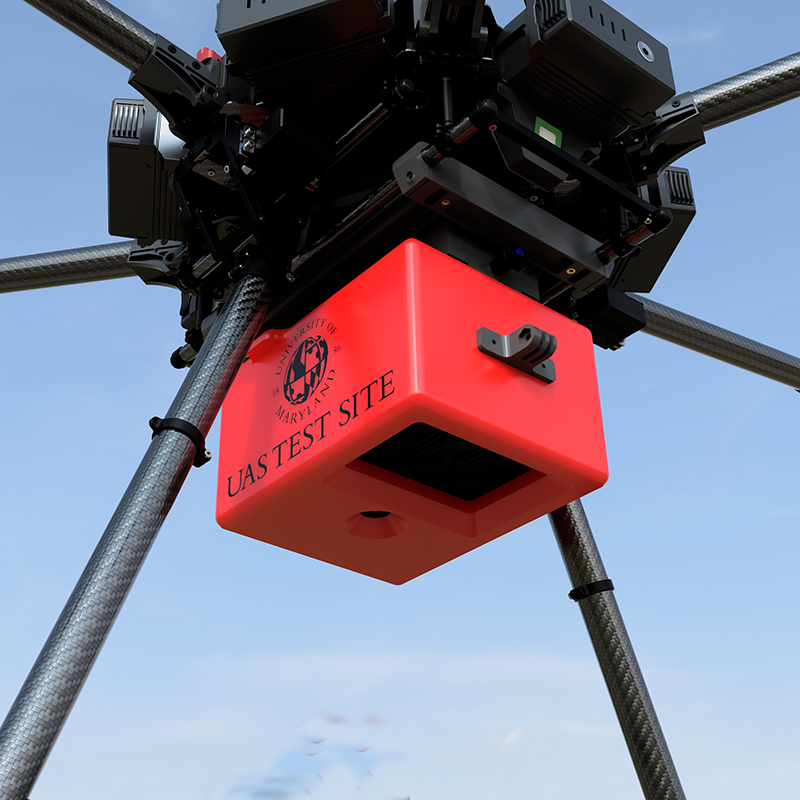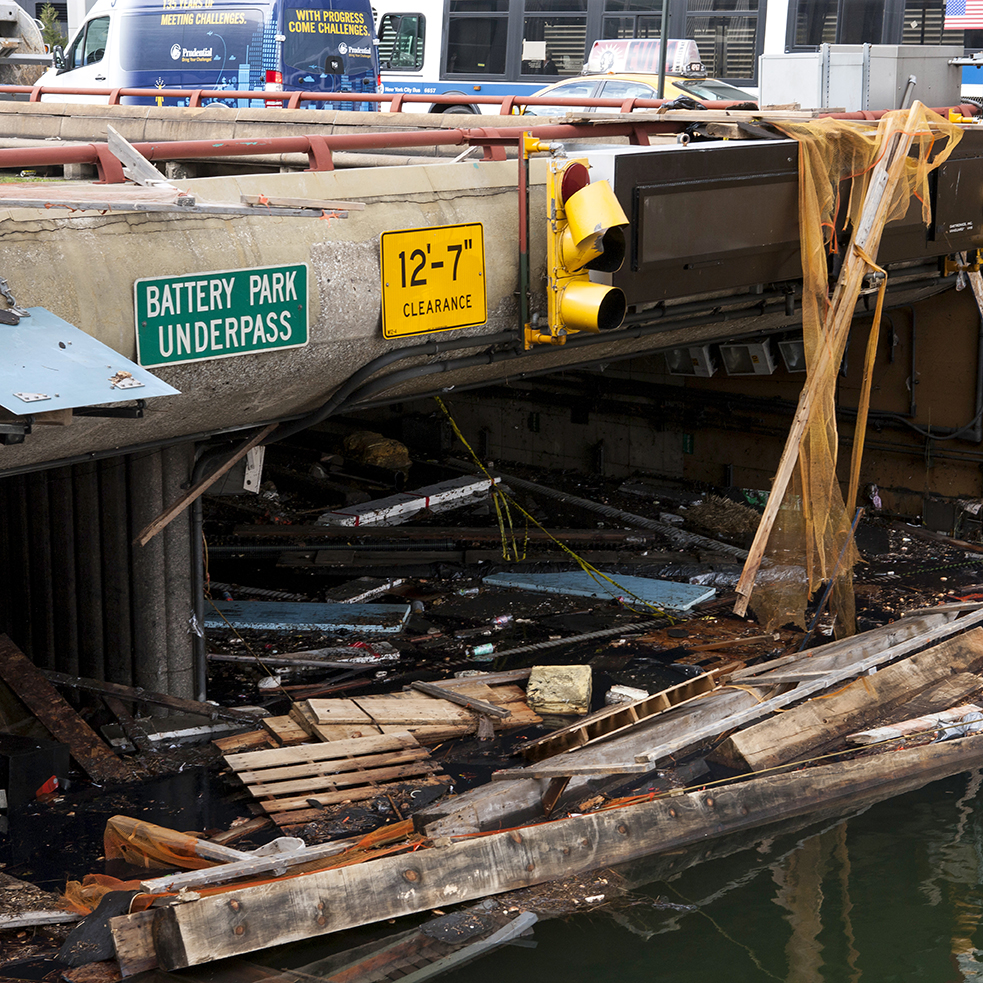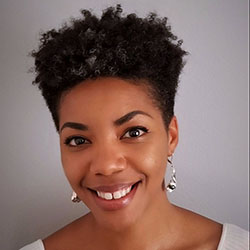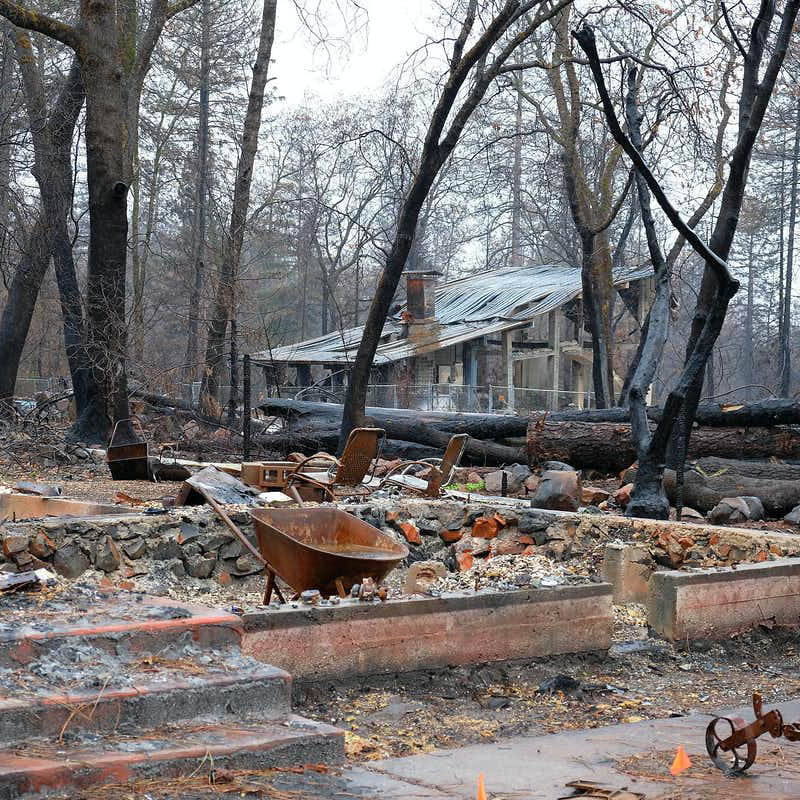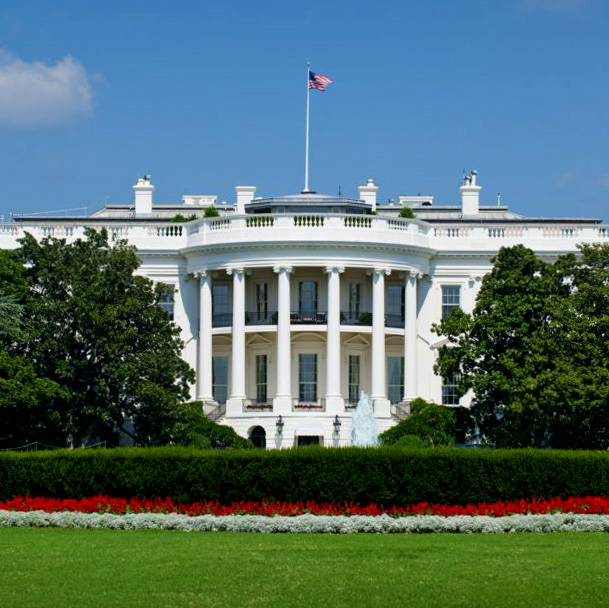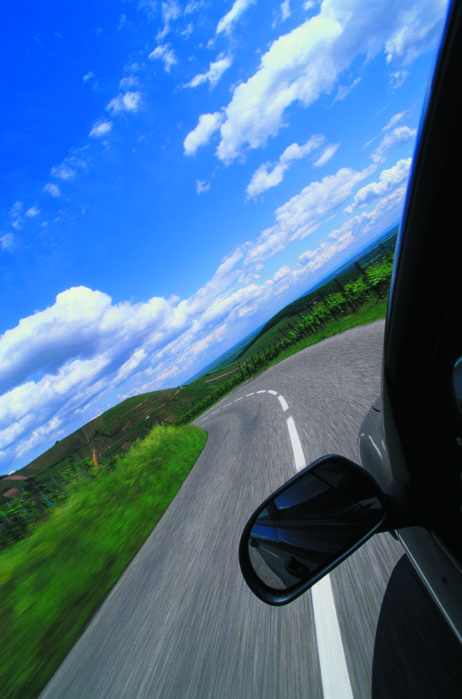In southern North Carolina, hog and poultry farms are big business. Encompassing big barns and even bigger pits to contain the waste of millions of animals, these facilities are most often sited in the state’s most rural landscapes and at the fringes of towns—areas where Black communities are more likely to be found than white. A lawsuit filed in 2014 claimed that people of color are 1.5 times more likely to live within three miles of a hog farm than whites, and are also overwhelmingly more likely to have lived on those lands for many generations prior to the arrival of the farms.
In 2018, the arrival of Hurricane Florence helped illustrate the impacts that these farms can have on their non-white neighbors. Waste pits overflowed their berms, spilling raw animal waste into fields and streets alike, despite farmers’ attempts to remove waste in advance of the storm. The farms have other, longer-lasting health impacts: In Duplin County, where many hog farms are concentrated, one study found that local populations experienced higher rates of infant mortality, anemia, kidney disease, and tuberculosis, as well as a markedly lower life expectancy, compared with other areas of North Carolina.
In a Maryland-led collaboration with Duke University engineers, technical expertise and community knowledge are working hand-in-hand to empower communities to better defend themselves against these kinds of environmental insults. The team—led by Marccus Hendricks, an affiliate of the Clark School’s Center for Disaster Resilience and assistant professor in UMD’s School of Architecture, Planning and Preservation, and Sacoby Wilson, an associate professor in UMD’s School of Public Health—is helping communities along the North and South Carolina borders increase their resilience against chemical and hazardous waste releases that can occur during severe storms and flooding.
By combining aerial and satellite imagery with ground-truthing data supplied by area residents, Hendricks, Wilson, and engineers help these largely Black communities develop disaster preparedness guidebooks and strategies to advocate for services they don’t currently have.
 “We should be aiming for a sense of cultural humility—that we can’t possibly know what someone experiences in their daily life,” Hendricks says. “We can talk about built environments and communities from a scientific perspective, but whether or not you’re a researcher, you live in a community somewhere. We sometimes forget that. I can’t think of any other sort of question that makes an individual’s eyes light up than when talking about where they live.”
“We should be aiming for a sense of cultural humility—that we can’t possibly know what someone experiences in their daily life,” Hendricks says. “We can talk about built environments and communities from a scientific perspective, but whether or not you’re a researcher, you live in a community somewhere. We sometimes forget that. I can’t think of any other sort of question that makes an individual’s eyes light up than when talking about where they live.”
That kind of discussion carries incredible nuance from local residents—the history of a place and how it’s shaped traditions and systems, and something far less tangible: an intuition about the nature of the built environment and its processes, procedures, and basic services.
“Engineers need to know enough to be conversant in and responsive to other ways of knowing,” says Riley. “Those engineers can better empower governments and communities to decide what kind of technologies we want, what kind of sociotechnical systems we want, and the kind of world we want to live in. We’ve got to be educating engineers for that world.”
In her work on the impacts of mercury releases related to illegal gold mines in the Peruvian Amazon, says Alba Torrents, the ability to build trust with people is paramount, and requires introductions from community leaders—people who can act as bridges between residents in need and engineers. Building community trust is a familiar exercise in many of the social sciences, but less so in engineering projects or approaches.
“Sometimes as engineers, we have a preconceived idea of what will work, what will be best. But we don’t go and listen to what the community may want,” says Torrents, professor and interim chair of the Clark School’s Department of Civil and Environmental Engineering. “We need to listen first, consider options, and engage in dialogue.”
By talking to communities and committing the time it takes to understand local nuance and needs, says Hendricks, engineers will be better able to recognize inequities that exist, as well as the drivers of disadvantage.
He adds that engineers are often trained to have siloed thinking about how systems—stormwater management, sewage systems, electric generation, and delivery—are built and function, and view them as separate from social functions. But just as artificial intelligence algorithms have revealed the bias of their creators in disastrous social demonstrations, the design, siting, and installation of infrastructure systems are likewise biased by the people who drive the decisions behind them.
And finally, with their long lifespans that transcend generations, infrastructure management is also fundamentally a social process—yet requires engineering decision trees to function well over those time scales.
“Understanding the historical distribution of resources and investments is critical to understanding the current status of communities today,” Hendricks says. “We need to be asking those social questions in the context of physical problems or taking a social lens to what’s largely been studied as a physical problem.”


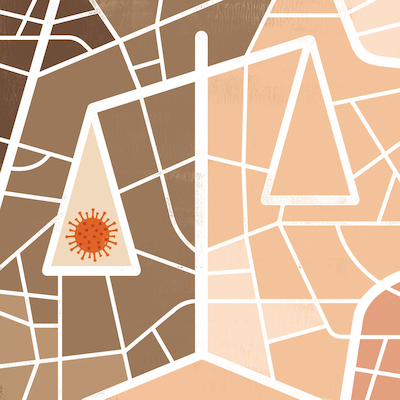 By Spring 2021, the group’s preliminary data visualization showed clear hotspots of mortality early in the pandemic clustered in heavily Black, lower-income urban communities in New Orleans and Baton Rouge and in areas along the Mississippi River with histories of toxic pollutant releases. Their research also showed that later in the summer of 2020, areas of rural northern Louisiana had secondary hotspots, also in Black, heavily segregated communities with inferior housing and limited access to healthcare.
By Spring 2021, the group’s preliminary data visualization showed clear hotspots of mortality early in the pandemic clustered in heavily Black, lower-income urban communities in New Orleans and Baton Rouge and in areas along the Mississippi River with histories of toxic pollutant releases. Their research also showed that later in the summer of 2020, areas of rural northern Louisiana had secondary hotspots, also in Black, heavily segregated communities with inferior housing and limited access to healthcare. “We should be aiming for a sense of cultural humility—that we can’t possibly know what someone experiences in their daily life,” Hendricks says. “We can talk about built environments and communities from a scientific perspective, but whether or not you’re a researcher, you live in a community somewhere. We sometimes forget that. I can’t think of any other sort of question that makes an individual’s eyes light up than when talking about where they live.”
“We should be aiming for a sense of cultural humility—that we can’t possibly know what someone experiences in their daily life,” Hendricks says. “We can talk about built environments and communities from a scientific perspective, but whether or not you’re a researcher, you live in a community somewhere. We sometimes forget that. I can’t think of any other sort of question that makes an individual’s eyes light up than when talking about where they live.” “The way to address equity issues [is to be aware of] people who historically didn’t have a voice,” Armanios says. “Who’s not in the room, who’s missing, who should be there? All of that is a social structure, not a technical one. That’s why historically it’s been difficult for engineers to do this; engineers are not trained to look at social structures.”
“The way to address equity issues [is to be aware of] people who historically didn’t have a voice,” Armanios says. “Who’s not in the room, who’s missing, who should be there? All of that is a social structure, not a technical one. That’s why historically it’s been difficult for engineers to do this; engineers are not trained to look at social structures.”